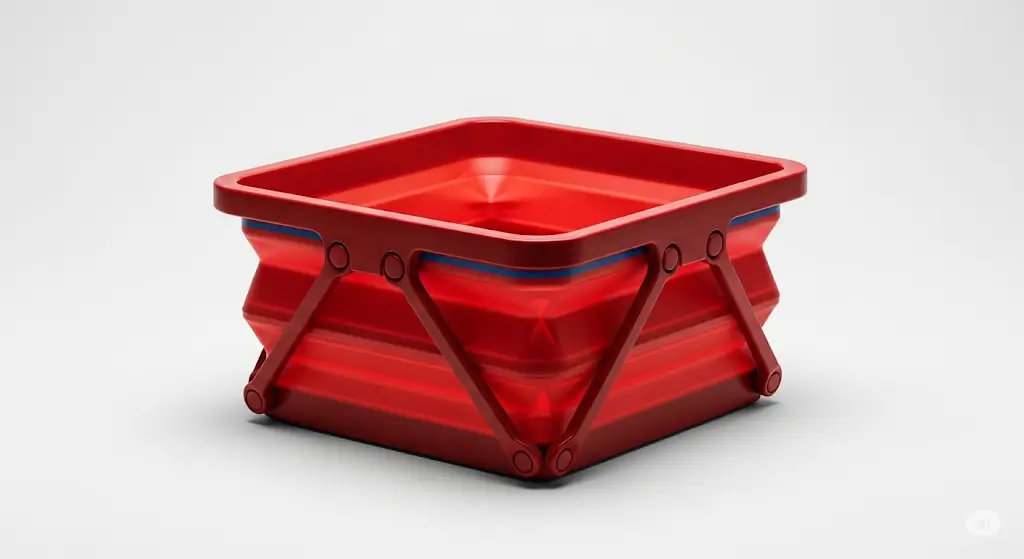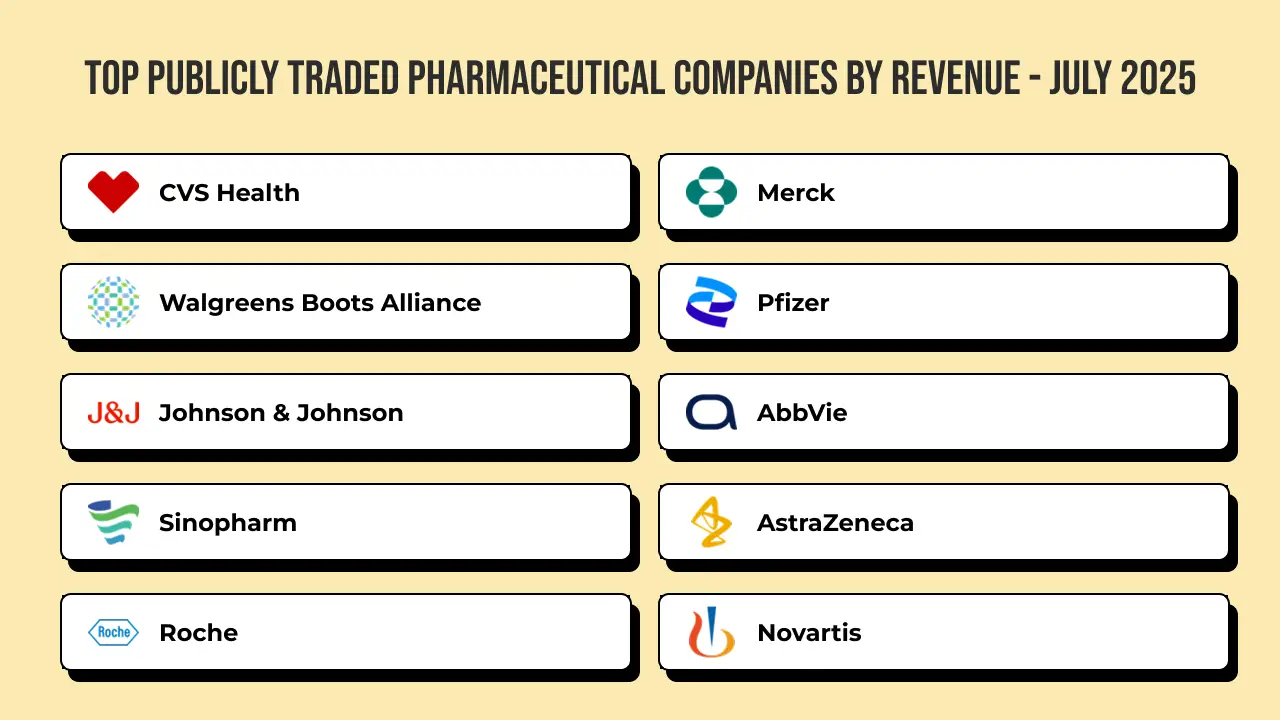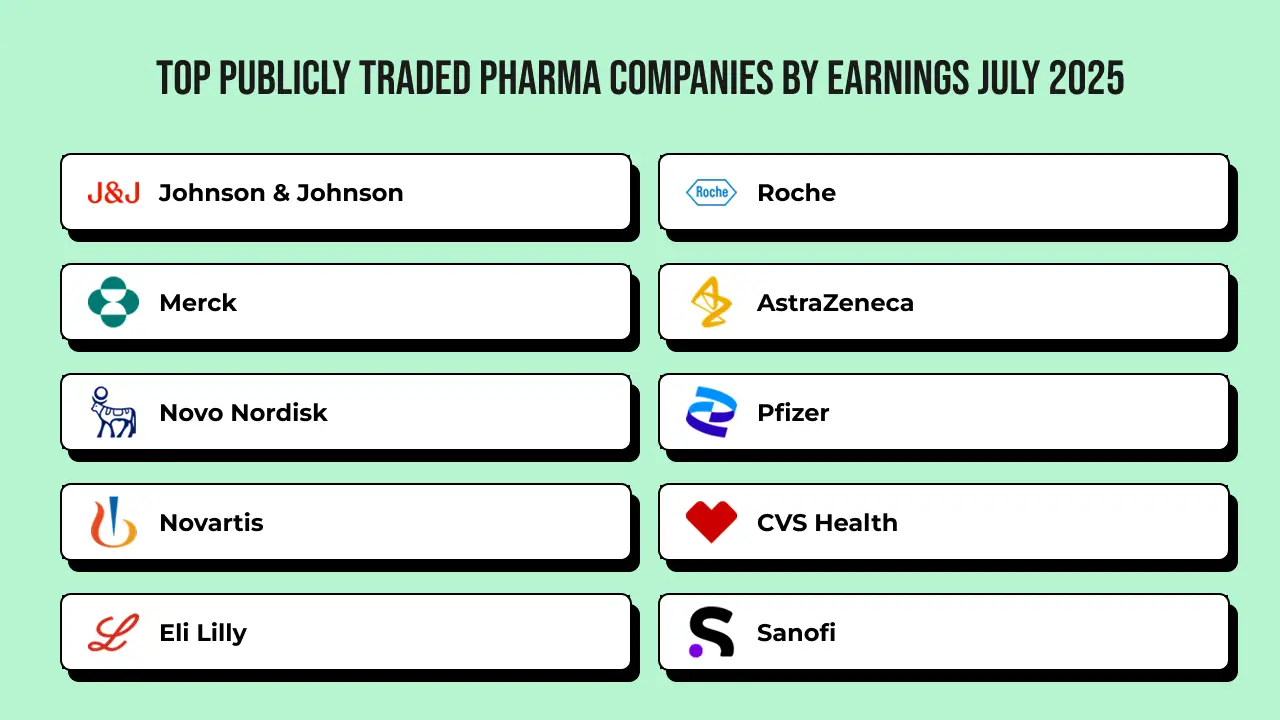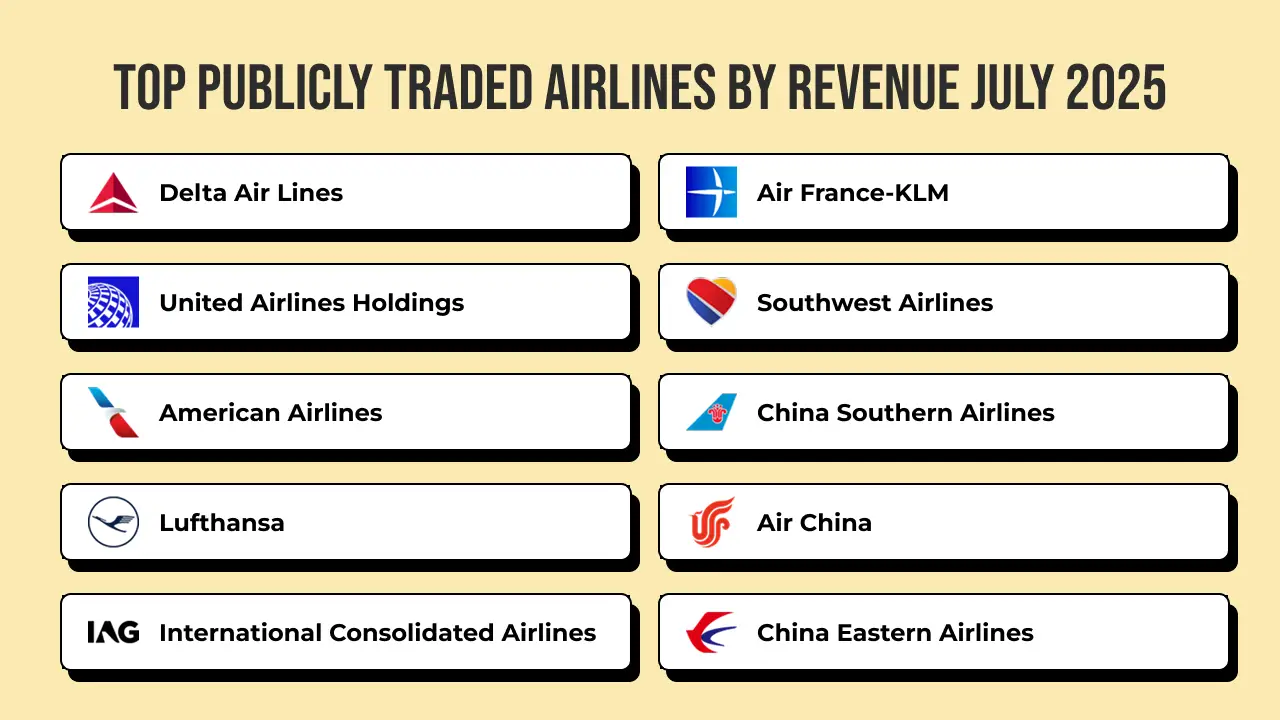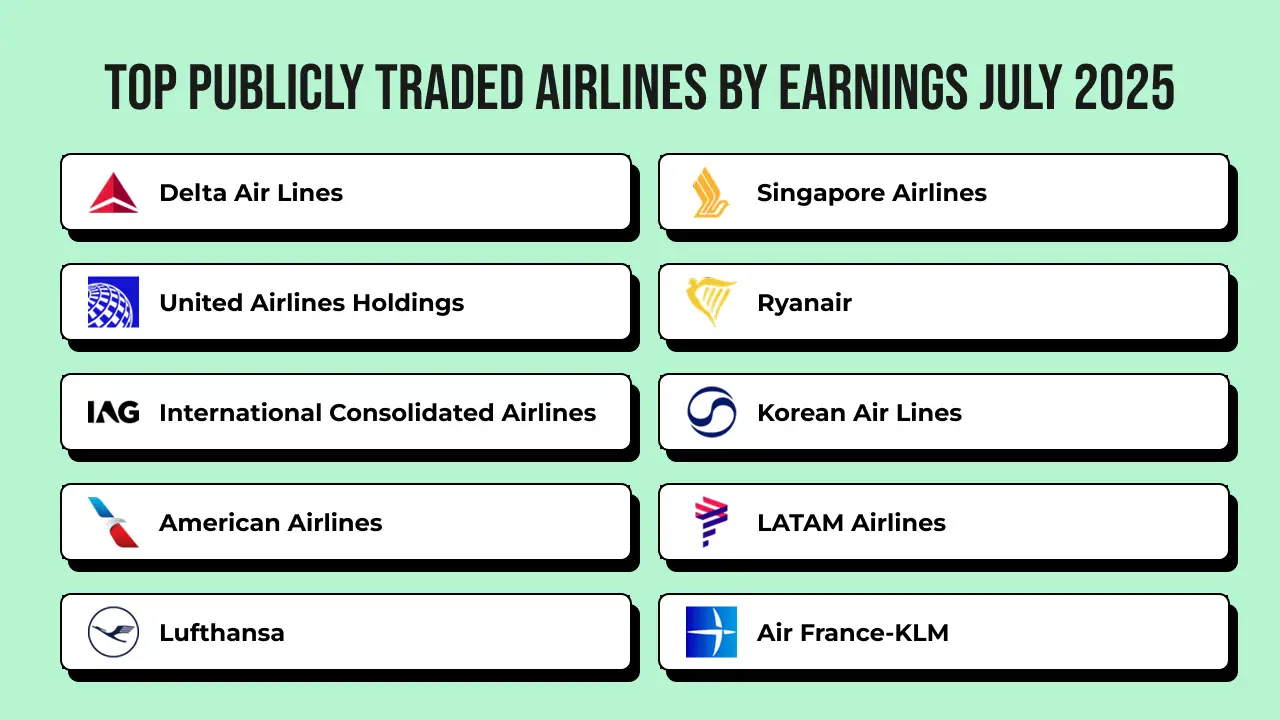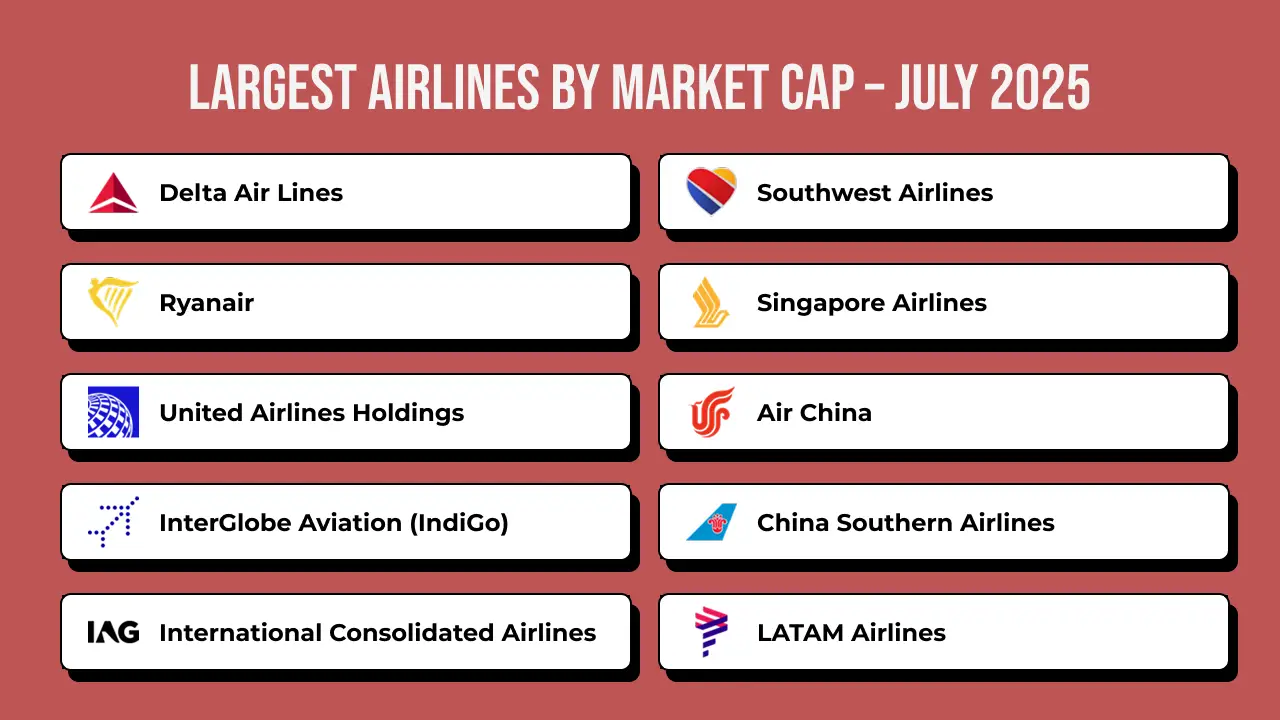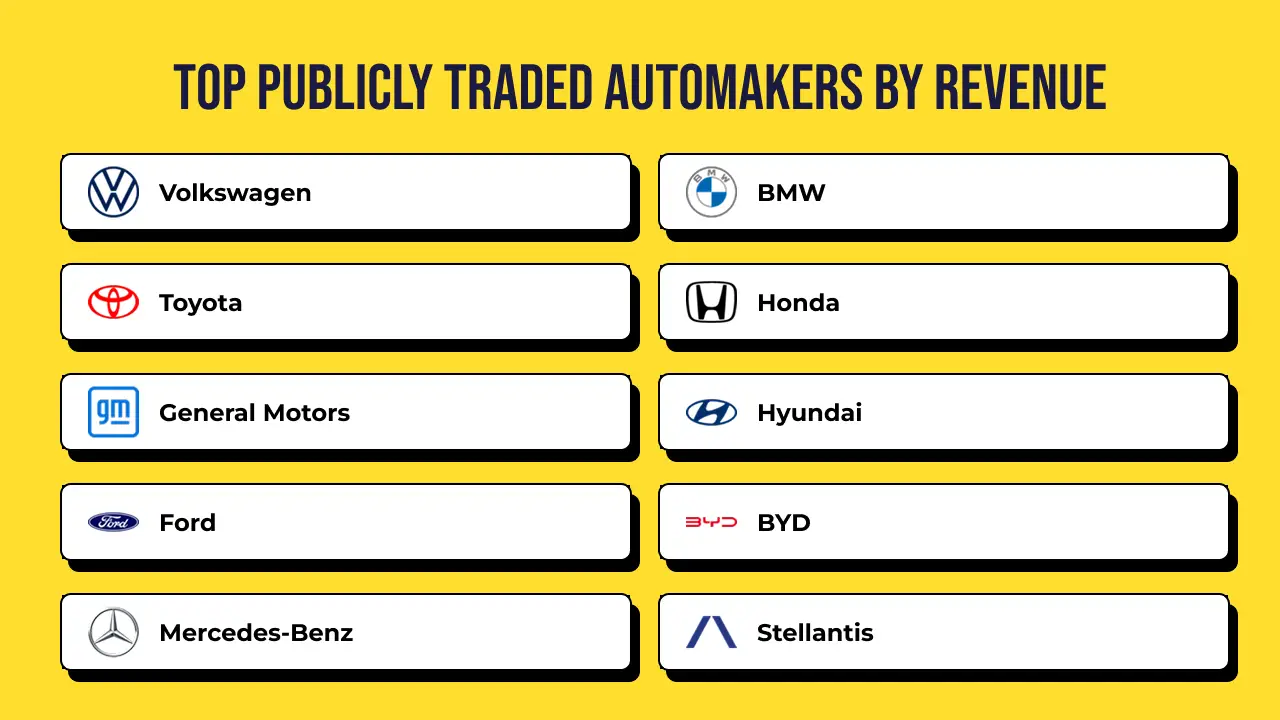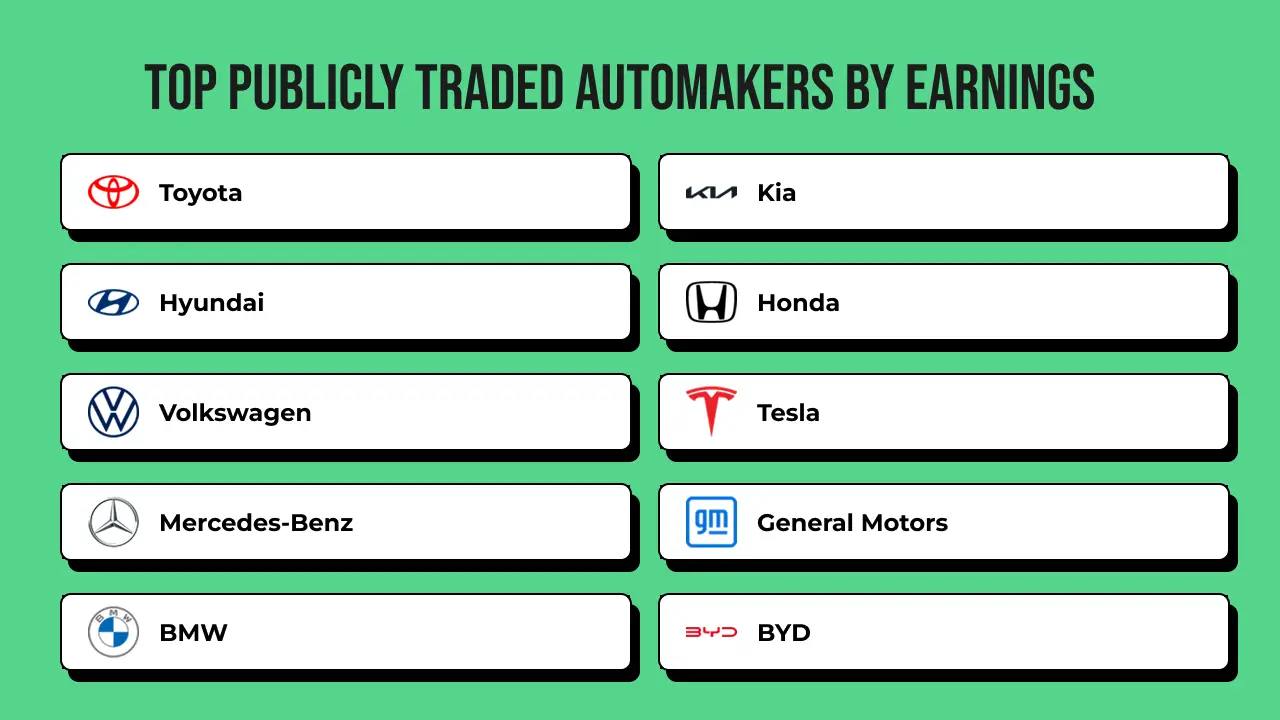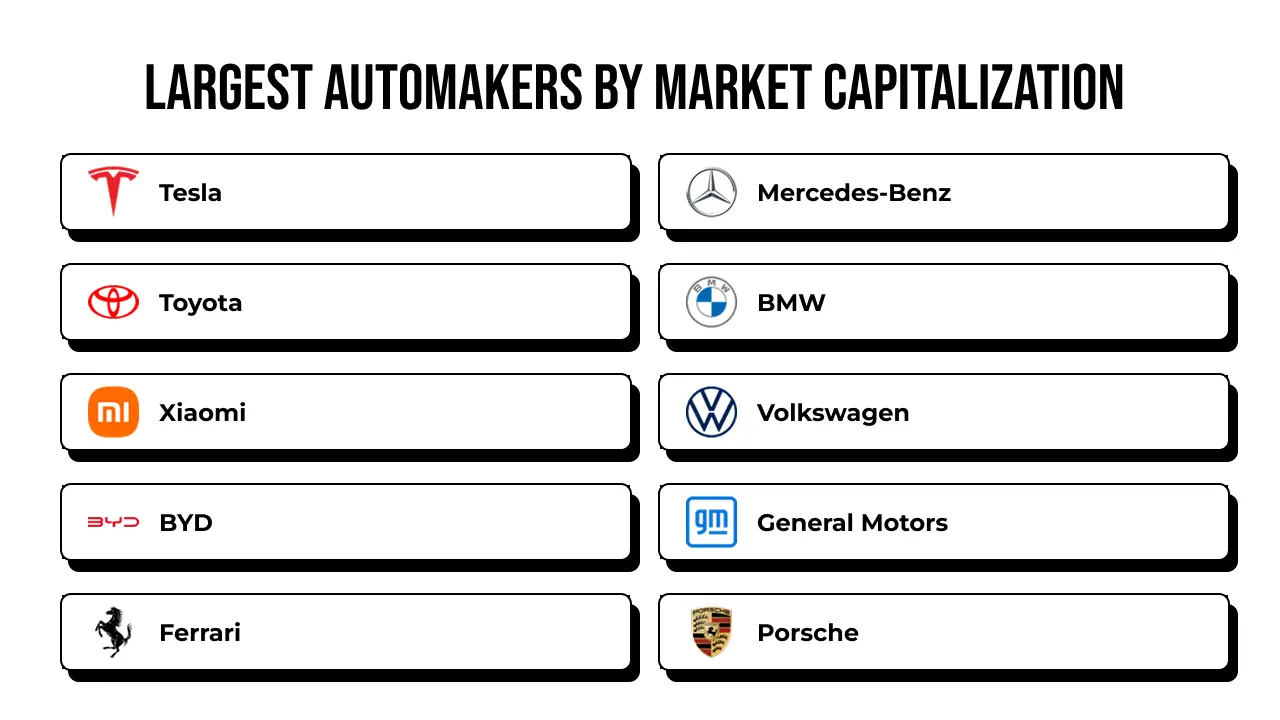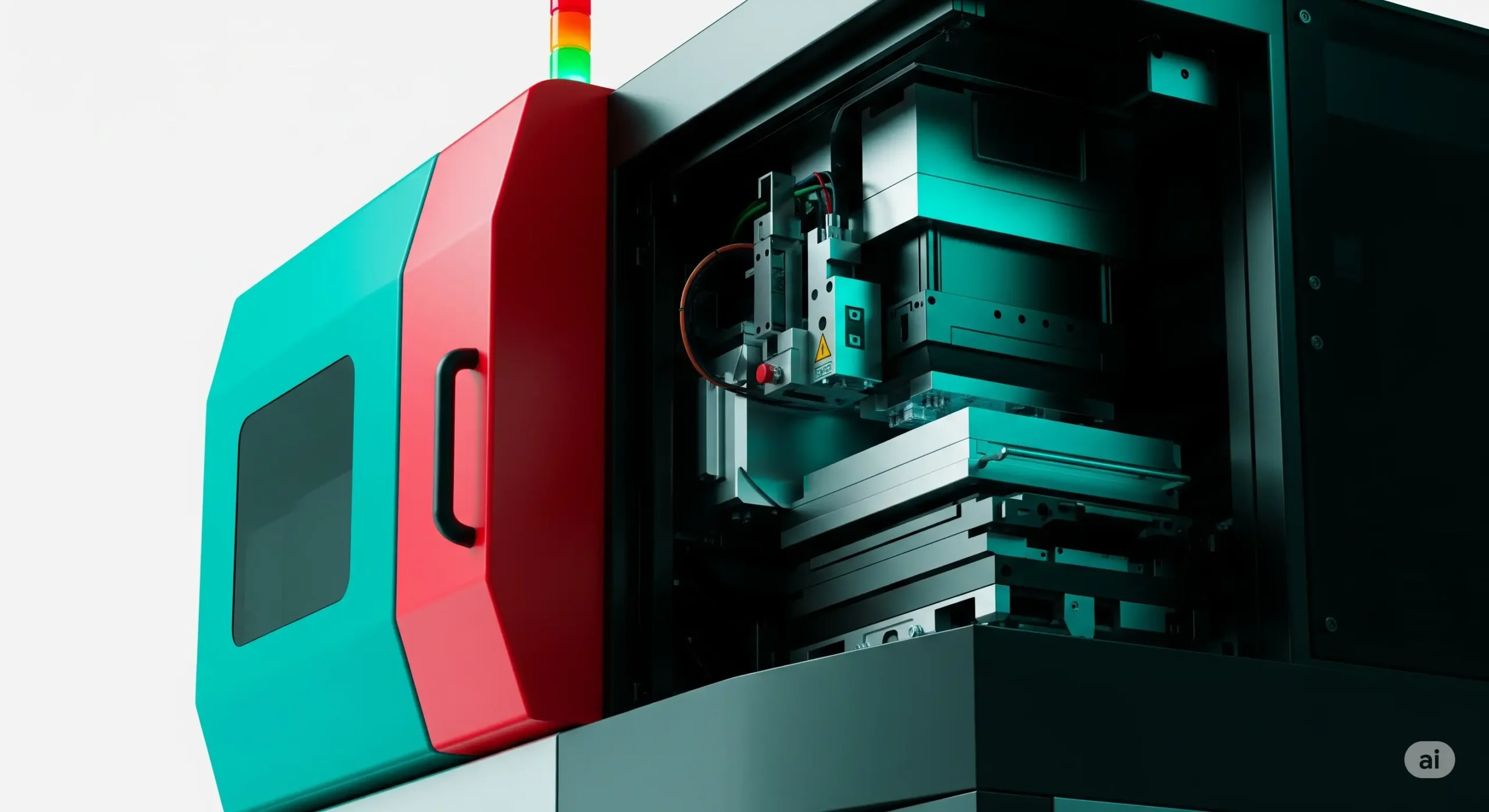I find the foldable and collapsible container market to be a fascinating space, driven by the growing need for efficient, space-saving, and sustainable packaging solutions. In 2023, this market was valued at approximately USD 1.2 billion, and I’ve observed projections indicating it could reach USD 2.5 billion by 2032, growing at a compound annual growth rate (CAGR) of around 8.5%. This growth is fueled by increasing global trade, the rise of e-commerce, and the demand for cost-effective logistics. As businesses strive to optimize storage and transportation, these containers offer a practical solution, reducing costs and environmental impact. The push for sustainability, coupled with innovations in lightweight and durable materials, is propelling the market forward, particularly in industries like retail, automotive, and food and beverage. I see this market’s value expanding as urbanization and supply chain complexities continue to drive demand for flexible packaging.
Looking at the market’s segments, I notice that foldable and collapsible containers are primarily categorized by material, product type, and end-use industry. By material, plastic-based containers dominate due to their durability, lightweight nature, and cost-effectiveness. Metal and wooden containers also exist, but plastic holds the largest share, accounting for over 60% of the market in 2023. By product type, foldable crates and collapsible boxes are key, with collapsible boxes leading because of their versatility in logistics and storage. In terms of end-use, the retail and e-commerce sector commands the highest share, driven by the surge in online shopping and the need for efficient last-mile delivery. The automotive industry follows closely, using these containers for parts transportation. I find it interesting how the retail segment’s dominance reflects the broader shift toward digital commerce and the need for adaptable packaging solutions.
When it comes to companies, I’ve identified several key players shaping this market. Leading the pack are Schoeller Allibert, DS Smith, and SSI Schaefer, which hold significant market shares due to their innovative designs and global reach. Other notable companies include ORBIS Corporation and CHEP, both known for their sustainable packaging solutions. These companies are investing heavily in research and development to create containers that are not only foldable but also IoT-enabled for tracking and monitoring. I’m impressed by how these firms are balancing sustainability with functionality, offering reusable and recyclable containers that align with global environmental goals. Their competitive strategies, such as partnerships with e-commerce giants and expansions into emerging markets, are strengthening their positions.
Geographically, I see Asia-Pacific as the dominant region, holding over 40% of the market share in 2023. This is driven by rapid industrialization, booming e-commerce, and manufacturing hubs in countries like China and India. North America follows, with the U.S. leading due to its advanced logistics infrastructure and high e-commerce penetration. Europe is also a significant player, particularly in Germany and the UK, where sustainability regulations push demand for eco-friendly containers. Emerging markets in Latin America and the Middle East are showing potential, but their shares remain smaller. I find it striking how regional differences in infrastructure and consumer behavior shape the market’s dynamics, with Asia-Pacific’s growth outpacing others due to its sheer scale.
The latest innovations in this market are truly exciting. I’ve noticed a trend toward smart containers equipped with IoT technology, enabling real-time tracking and inventory management. Another key trend is the development of biodegradable and recyclable materials to meet sustainability goals. For instance, companies are experimenting with plant-based plastics to reduce environmental impact. The rise of automation in warehouses is also driving demand for containers compatible with robotic systems. I’m particularly intrigued by how these trends are converging to create a future where foldable containers are not just space-savers but also integral to smart, green supply chains. The focus on circular economy principles is likely to shape the next wave of innovations.

